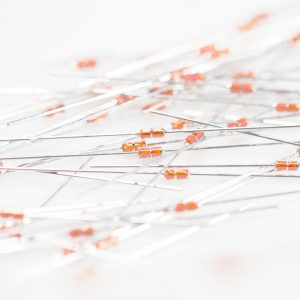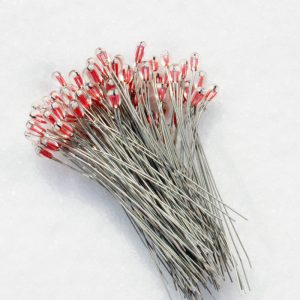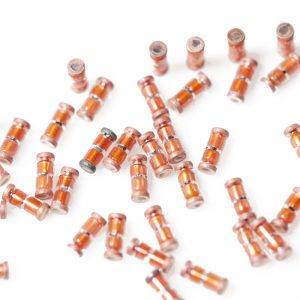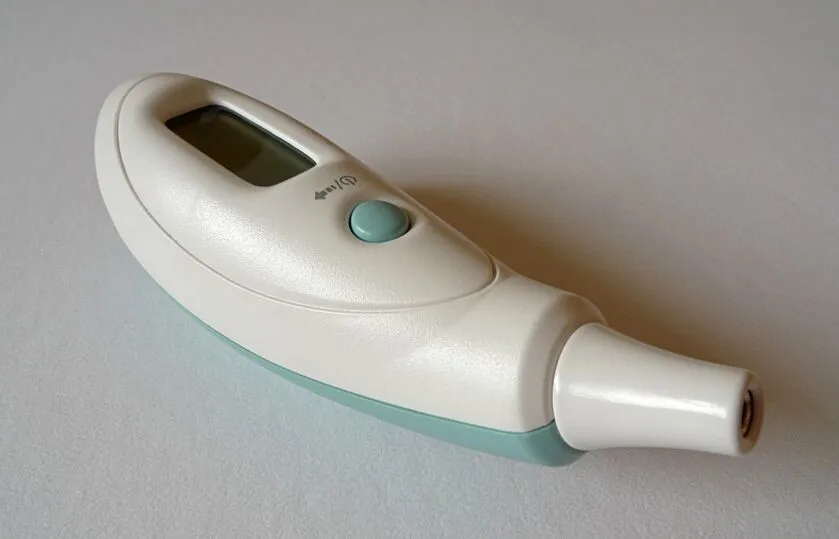The outbreak of coronary pneumonia has made people pay more and more attention to public safety. Body temperature is one of the important indicators to characterize the health of the human body. Accurate measurement of body temperature can quickly isolate suspected disease populations and avoid large-scale outbreaks of immune status. In the epidemic prevention and control work, the most widely used are infrared forehead thermometers and infrared screening instruments, but many people are not allowed to measure temperature after using infrared thermometers.
For the temperature measurement accuracy issues that people are most concerned about, how accurate is the infrared thermometer that is qualified as a medical-grade infrared thermometer and can it be used as medical diagnostic data?
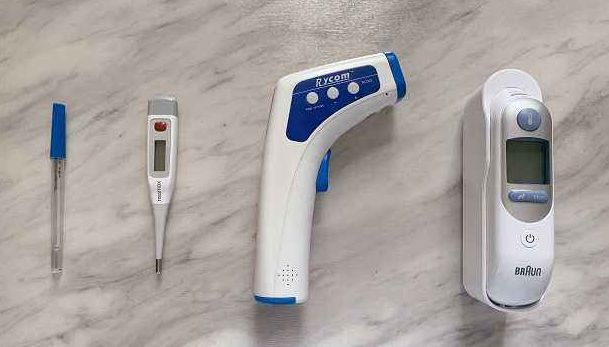
Classification of thermometers: contact and non-contact thermometers
Common human body temperature measurement methods are mainly divided into two categories, namely contact and non-contact.
Common contact measurement methods include mercury thermometers, household electronic thermometers, and medical temperature probes, which measure the temperature of the human body through contact with relevant parts of the human body, such as underarms and oral cavity. High, can meet the requirements of rapid and accurate body temperature measurement in clinical diagnosis.
However, since contact measurement requires direct contact with the human body, each measurement may be infected by germs, requires frequent disinfection, and the measurement speed is slow, and continuous and rapid measurements cannot be performed on a large number of human bodies. For example, mercury thermometers need to be placed under the arm for 15 minutes, while home electronic thermometers and medical temperature probes also need 3 to 5 minutes to measure.
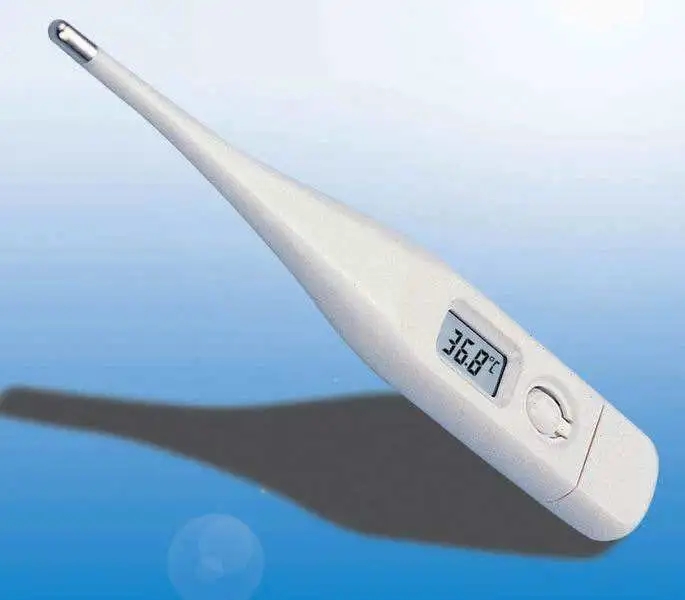
The most typical method for non-contact measurement is infrared temperature measurement. Since the principle of infrared radiation was discovered, infrared technology has been widely used in temperature measurement. The infrared thermometer has the characteristics of wide temperature range, fast response speed and high sensitivity. Infrared ear thermometer, infrared forehead thermometer and infrared screening instrument are all non-contact thermometers.
However, compared with contact temperature measurement, the accuracy of non-contact temperature measurement is lower. The non-contact thermometer with higher accuracy is about 0.2 degrees, and the worse temperature error is 1 degree or more. The temperature measurement time is about 5 seconds and the speed is very fast, so it is widely used in daily temperature measurement and industrial temperature measurement.
The reason why the infrared temperature measurement error is larger than the contact temperature measurement is that the infrared temperature measurement is easily affected by environmental factors such as atmospheric conditions, ambient temperature, and the surface emissivity of the measured object. For example, water vapor and dust particles in the air have a strong absorption effect on infrared radiation; the radiant energy of the thermal radiation source near the target object interferes with the radiance of the target object; the ambient temperature affects the temperature of the target object by the temperature measuring device Will have an impact. In addition, as the temperature measurement distance increases, the ability of the temperature measurement device to sense the radiance of the object will also be affected. Therefore, when the temperature of the measured object is constant, the temperature of the object sensed by the temperature measuring device is different with the factors such as the measurement distance and the ambient temperature, thereby reducing its measurement accuracy.
Nowadays, temperature measurement products such as handheld infrared thermometers on the market are easily affected by the measurement distance and the ambient temperature. The measurement error is usually about 1 degree, which can only be used to roughly judge the human condition. It cannot meet the clinical diagnosis to measure the temperature quickly and accurately. Claim.
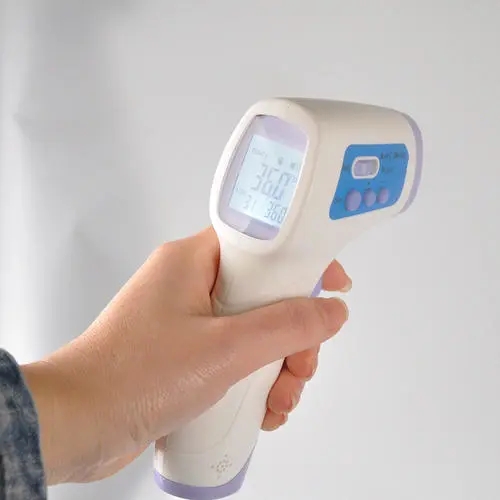
Three categories of infrared thermometers
According to different uses and accuracy, infrared thermometers can be roughly divided into medical-grade infrared thermometers, consumer-grade infrared thermometers and industrial-grade infrared thermometers.
Strictly divided, medical-grade infrared thermometers have the highest accuracy requirements. The accuracy needs to be between 0.1 and 0.2 degrees. High-precision infrared ear thermometers can meet the medical-grade temperature standards. However, to avoid cross-infection, hospitals use ear thermometers. One-time sheath is needed for warm guns; the consumer level is second, and the accuracy is around 0.5, which can meet our daily temperature measurement needs, such as Baoma used to measure the temperature of bath water. At present, most handheld infrared forehead thermometers are priced between one hundred yuan and one thousand yuan, and their accuracy is about 0.3 degrees. They belong to consumer infrared thermometers. They are the lowest in industrial grade and generally have a maximum allowable error of ± 1 ° C. Above, and the distance is far.

In fact, whether it is a medical or industrial infrared thermometer, they use the principle of receiving infrared waves from the human body, but the object distance ratio has been adjusted differently, and the surface temperature is measured. The normal forehead temperature is about 2-3 ° C lower than the temperature of the armpit, and the forehead is greatly affected by the environment. It is for preliminary investigation and reference, and cannot be used as a basis for medical diagnosis. In addition, the temperature of the ear and neck will be more stable than the temperature of the forehead and less affected by the environment. This is one of the reasons why the ear thermometer is more accurate than the forehead.
The medical thermometer has been revised by software or the relevant range has been limited by the software before leaving the factory. The normal human body emissivity is 0.98 (the thermometer defaults to 0.95), so the measured result is about 34-35 ° C. All infrared products including (infrared camera) can modify the difference by modifying the emissivity to 0.8 to avoid non-professional The person uses a case where temperature is not allowed. The industrial thermometer is more true to feedback the temperature measurement, showing the actual detected temperature.
Before, infrared thermometers were more used for industrial temperature measurement. Later, due to market demand, based on industrial infrared thermometers, a smaller measurement range, higher accuracy, and more suitable for measuring human body temperature were developed. Medical infrared thermometer.
During the SARS period in 2002, most industrial infrared thermometers were used. Because at that time, the price of an industrial portable thermometer was usually around 1,000 yuan, and even as low as 600 yuan, a medical thermometer on the market not only had a small supply, but also had a high price. Much more. The investigation showed that the medical thermometers that had passed the national standard certification at that time and were allowed to enter the market were mostly desktop devices that cost more than 10,000 yuan and required external computers. Really accurate portable medical infrared thermometers on the market did not exist. .
In recent years, with the advancement of technology, infrared thermometers have greatly improved in accuracy, volume and cost, and portable medical infrared thermometers and consumer-grade infrared thermometers have been able to break the industrial infrared thermometers. Market dominance. In this epidemic, medical infrared thermometers and consumer-grade infrared thermometers have been widely used in public places such as hospitals, airport stations, farmers’ supermarkets, residential quarters and other public places. Exit the stage of epidemic prevention and control.



